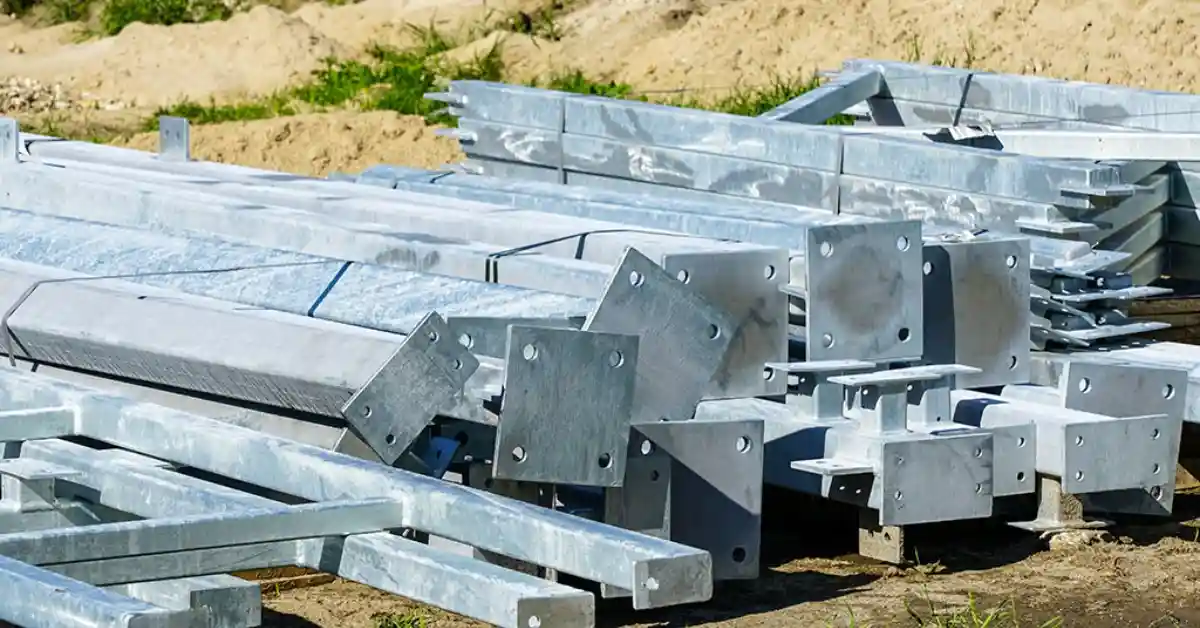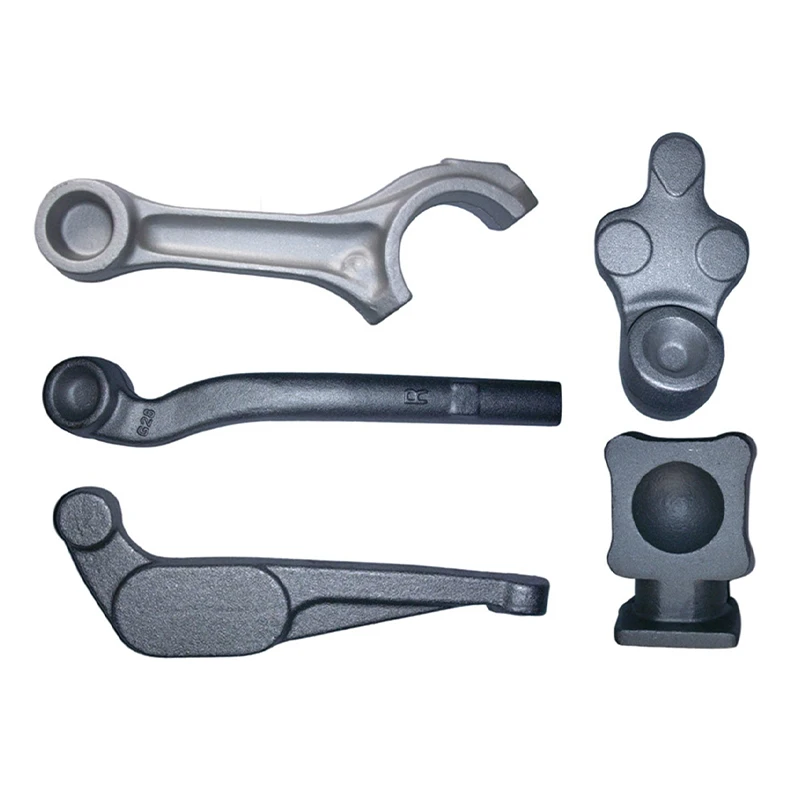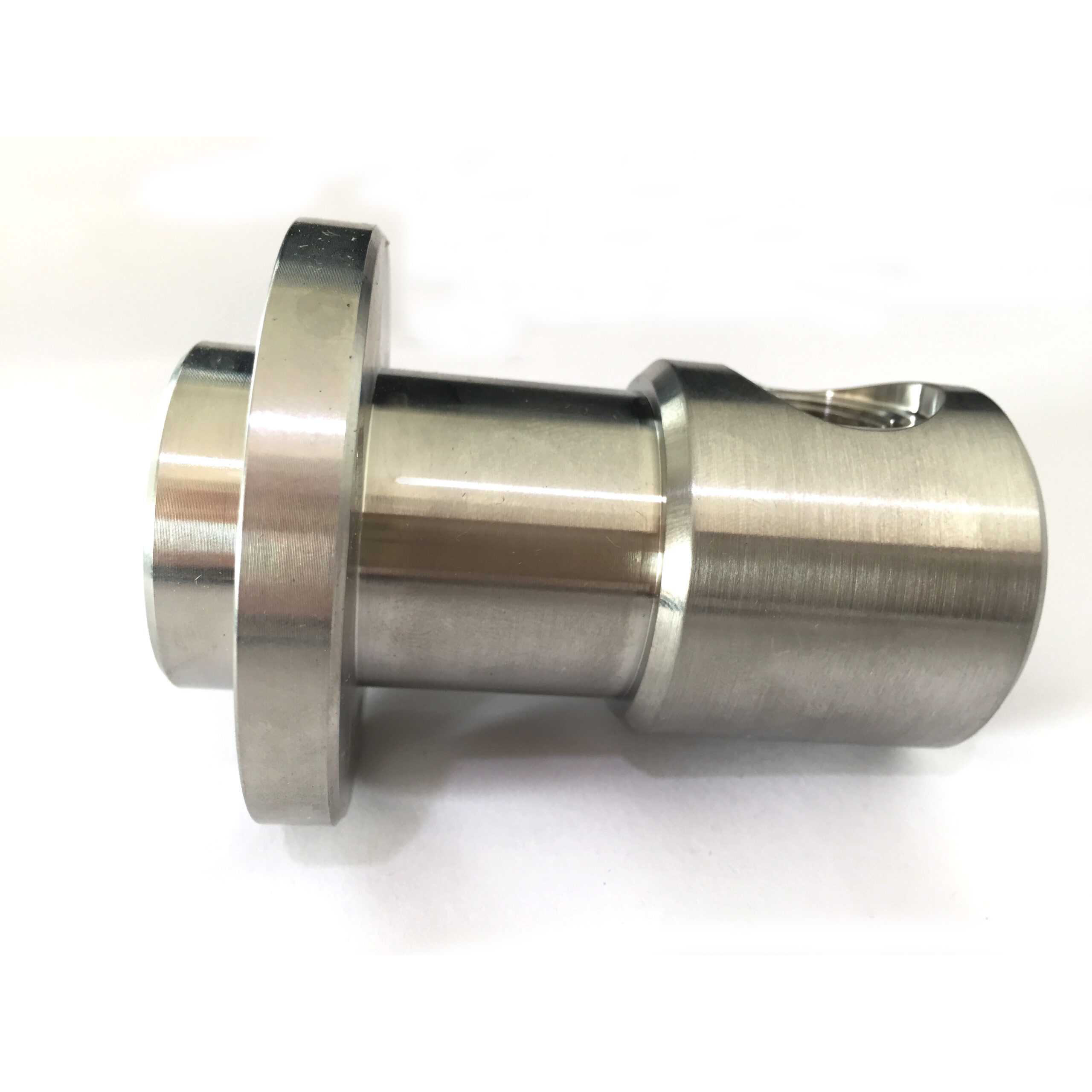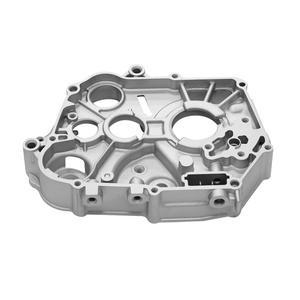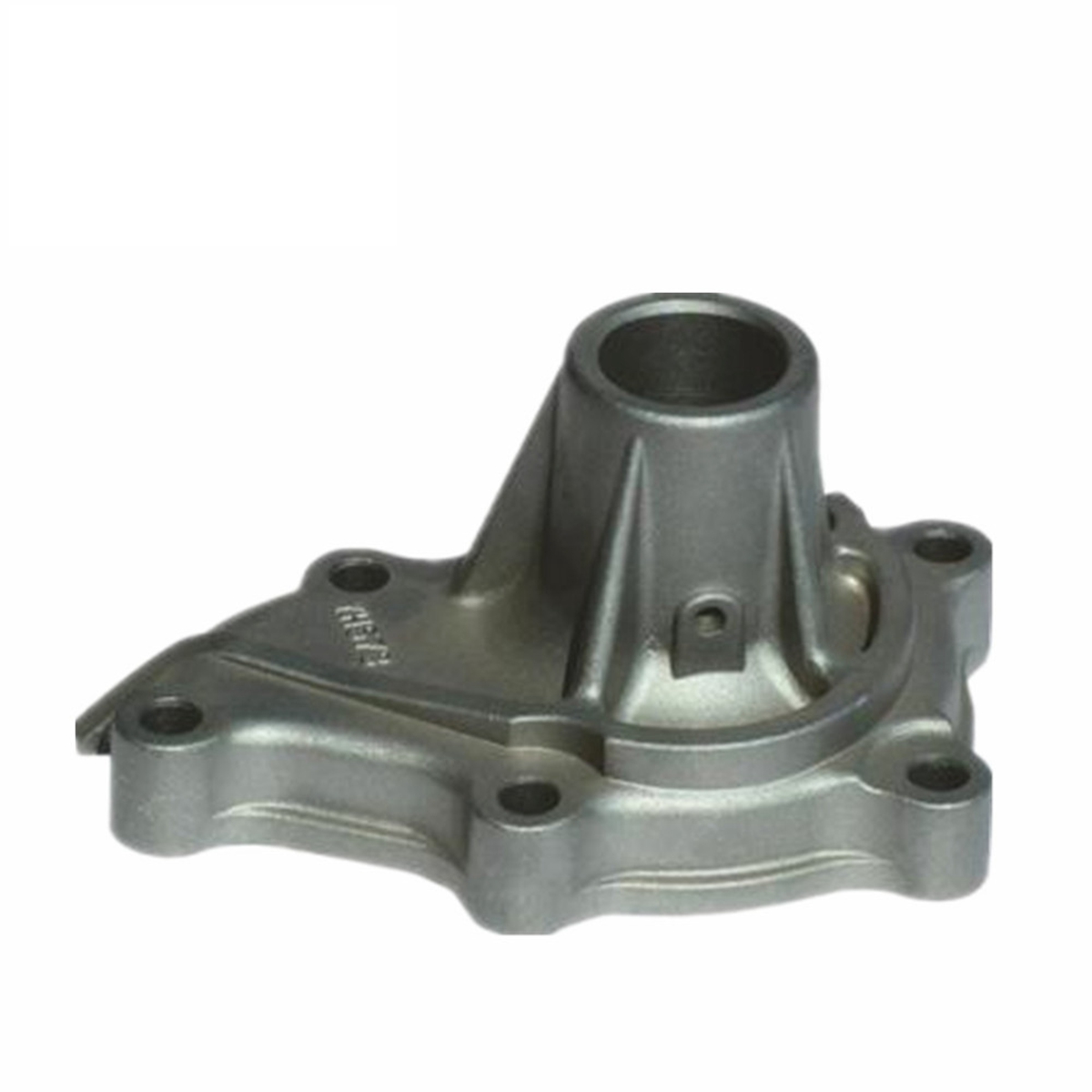Initial Cost & Equipment Requirements
Setting up a galvanizing facility does not come cheap. Equipment such as hot-dip tanks and heat systems comes with a higher upfront cost.
Environmental & Health Concerns
Some galvanizing processes emit toxic gases, which are not only harmful to the environment, but to workers as well. Some processes also produce sludge and heavy metal waste, which requires proper waste treatment. Because these processes need ventilation systems and waste treatment equipment, it makes it harder to manage in small indoor spaces. The FDA also limits the use of galvanized steel in certain items because zinc can react with acidic foods like tomatoes and oranges.
White Rust Formation
In environments that are damp or have low ventilation, white rust can form, which damages the coating of the material. To prevent this, chromate or passivation treatments should be used.
Temperature Sensitivity
Zinc softens and its corrosion resistance decreases significantly at high heat, around 200°C. When welding galvanized steel, workers must be cautious because the heat causes the zinc coating to vaporize, producing harmful zinc oxide fumes that can cause metal fume fever. Adequate ventilation and respiratory protection are essential.
Poor Performance in Harsh Environments
Galvanized metals don’t perform well in acidic or saltwater environments, which speeds up rust. Galvanic corrosion can also occur when combined with dissimilar metals like copper or brass.
Process Challenges
Some steels, especially those with high silicon and phosphorus content, can cause uneven coatings or make the layer too thick during hot-dip galvanizing.
